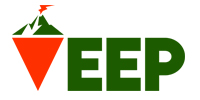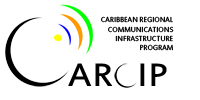- Registration Threshold: This is the minimum yearly gross sales i.e. (sales before expenses are deducted) which will determine whether or not a business person would be required to compulsory register to charge and collect VAT.
- Input Tax: This is the VAT a registered business will pay on the value of imports and on the value of goods and services acquired or obtained from other registered businesses.
- Output Tax: This is the VAT a registered business will charge its customers when they buy goods and services.
- Payment Due: This is the amount of VAT a registered business will have to pay over to the VAT office or the IRD at the end of the tax period. It is calculated by deducting the VAT paid on all the business purchases in the month from the VAT collected on all the business sales of that same month.
- Standard Rate: This is the VAT rate (15%) applicable on all taxable goods and services in SVG.
- Zero-Rated Supplies: This means a supply of goods that would have a VAT rate of 0 percent. That is, no VAT will be charged on any item that is zero-rated. However, for the registered businesses that are selling these items, they can claim back for all of the VAT paid on their purchases to produce those items. E.g. exporters.
- Exempt Supplies: This usually means that a supply of goods and services where no VAT is charged. However, registered businesses cannot claim for VAT paid on their purchases that went into producing those exempt supplies.
- Invoice Credit System: All registered businesses are obligated by law to issue VAT invoices when conducting transactions with other VAT registered businesses. When conducting business with unregistered businesses and the final consumer, you are obligated to issue a sales receipt showing the cost of the item and the amount of VAT paid by the unregistered person. VAT registered businesses would not be able to claim for VAT paid on their purchases without their Purchase Invoice from the seller.




